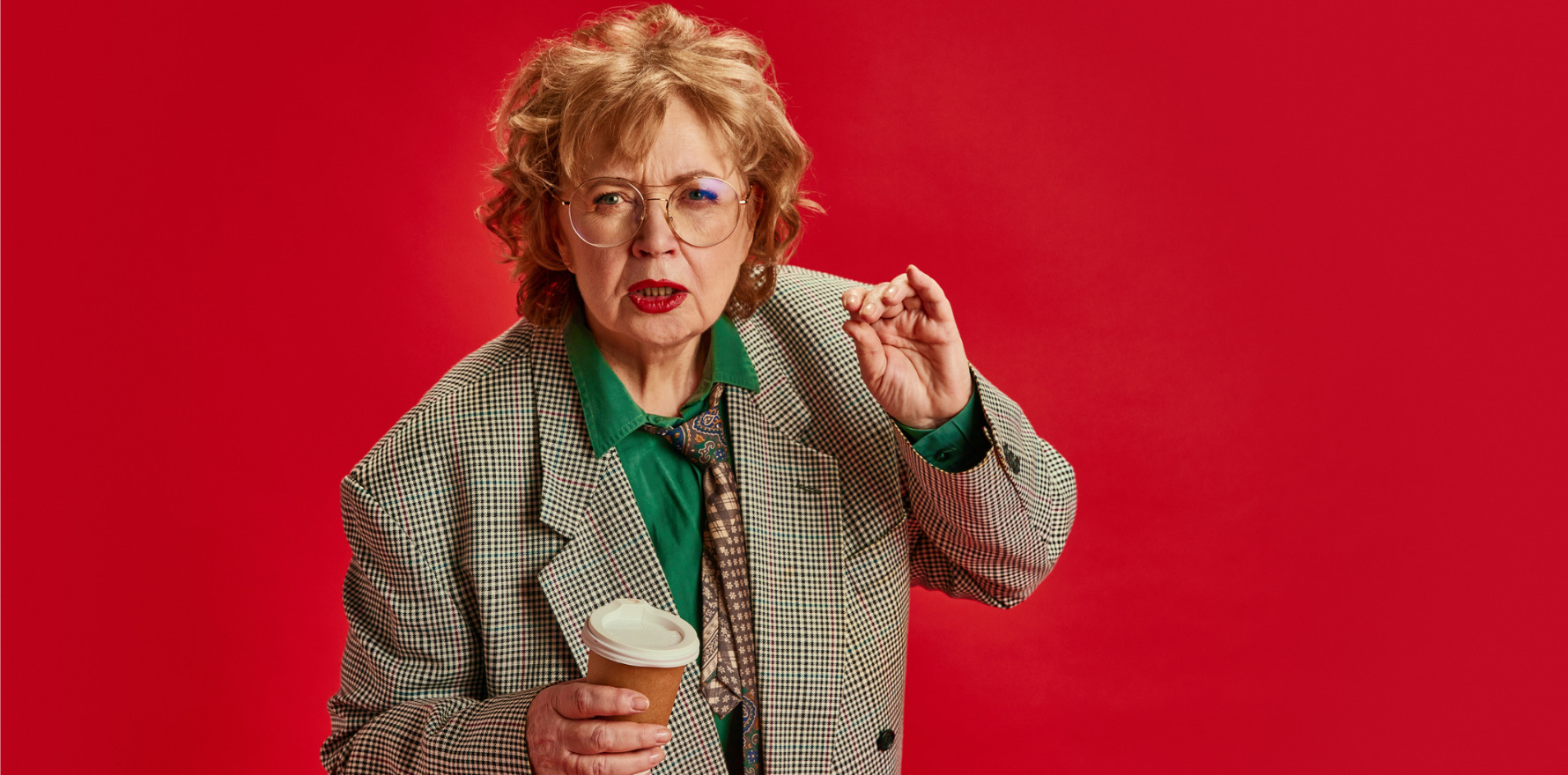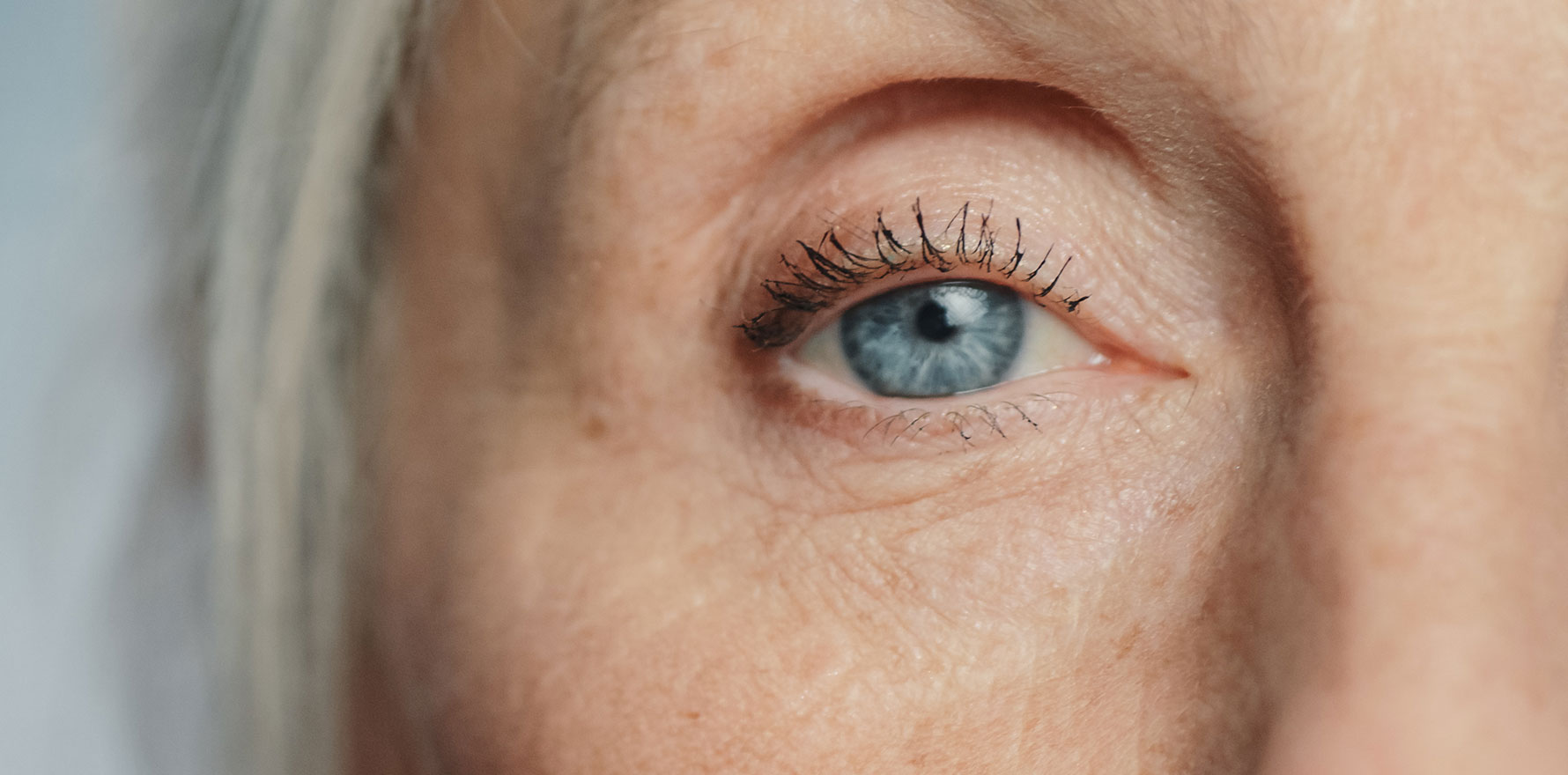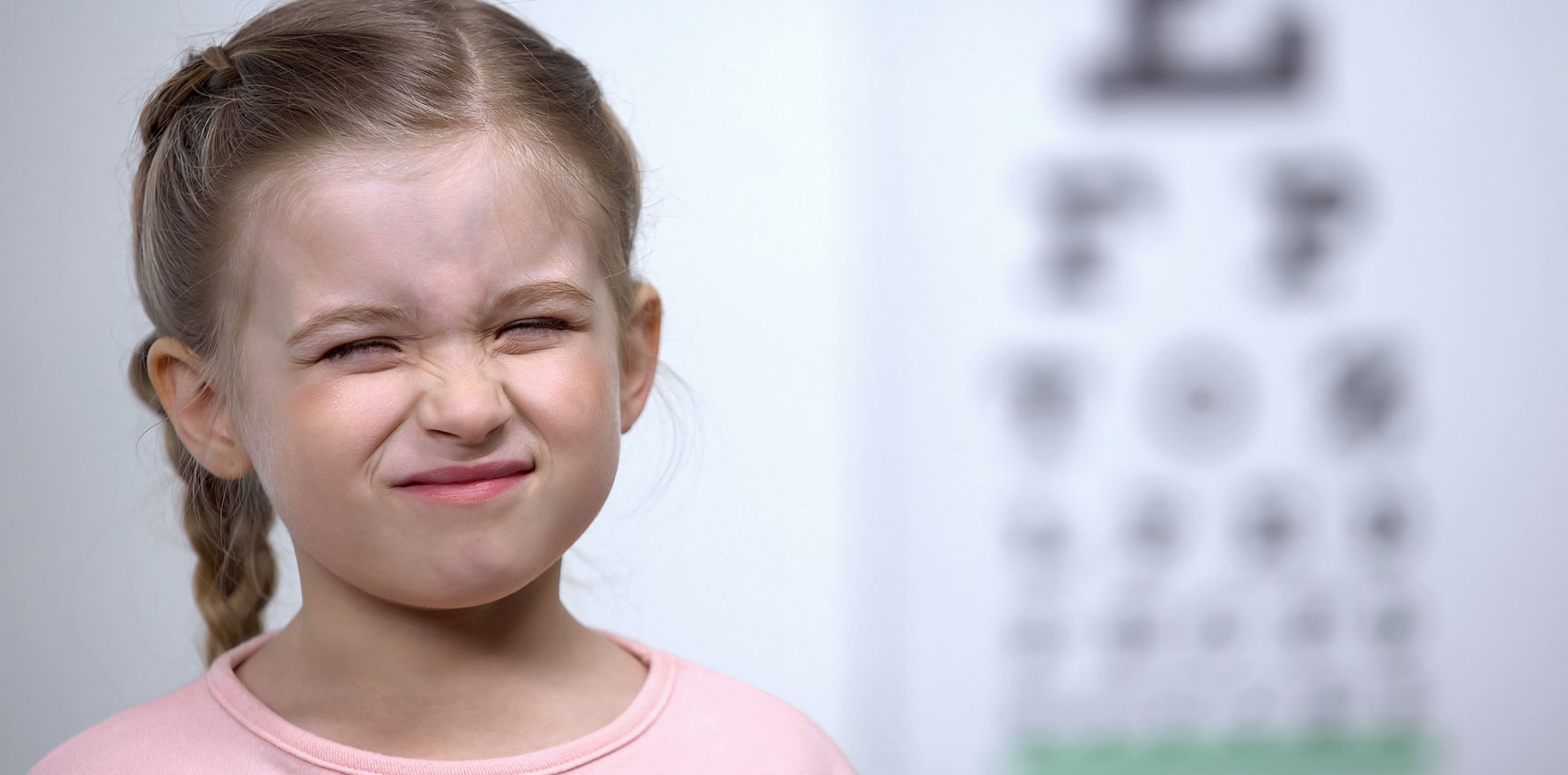While multifocals have improved, more communication and education can help people adjust to their glasses safely.
An Australian study has found progressive multifocal lenses were associated with more falls than bifocals.
But lenses have come a long way, and multifocals are here to stay, according to an eye specialist.
A University of NSW study, published this month in the journal Optometry and Vision Science, analysed old data (collected 2005-08) from 268 regular wearers of multifocal lenses to see how many falls they had in six months.
Participants were 80 on average, were at an increased risk of falls and wore either bifocal (170), trifocal (33) or progressive addition lenses (78) outdoors at least three times a week.
“When adjusting for established fall risk factors, participants wearing progressive addition lens glasses had over twice the odds of suffering multiple falls compared with bifocal glasses wearers,” the paper says.
Why were people falling? The researchers say it could be to do with certain characteristics of the lenses.
“Bifocals and trifocals have prismatic jumps that can cause apparent displacements of fixed objects, and progressive addition lens glasses have visual distortions at their periphery. The gradual change of focal length with progressive addition lens glasses may also reduce awareness of blurred distant objects in the lower visual field, which may add further risk,” they write.
“Multifocal glasses remain a popular choice for older people, which may be due to lower costs of needing only one pair of glasses, an influence of lens marketing, and older people’s acceptance of the trade-off between convenience and possible risk of fall-related injuries.”
But multifocal lenses have changed a lot in the two decades since the data was collected, said Dr Flora Hui, an optometrist clinician scientist and research fellow at the Centre for Eye Research Australia, who was not involved in the study.
Participants “were given no advice regarding the use of their glasses”, the paper says, and this is the problem – that advice is what helps prevents the falls, Dr Hui told TMR.
“It’s hard to adapt to a new pair of glasses,” she said.
Related
The authors suggest patients do not heed the advice.
“Optometrists advise wearers to tilt their chin downward when crossing curbs or navigating stairs, enabling them to use the distant vision section of their glasses for a clearer view of these hazards,” the paper says. “However, individuals who have worn bifocals and progressive addition lens glasses for long periods do not seem to employ this approach.
“More sophisticated education of the risks posed by progressive addition lens glasses and training in optimal glasses use may help protect older people from falls, particularly for those who take part frequently in a variety of activities outside their homes.”
Going back to bifocals was not usually the answer, Dr Hui said. “It’s so rare now to prescribe a bifocal to someone who’s never worn one before.”
Learning how to use the glasses and using them all the time, rather than switching back to an old pair or separate pairs, was an important part of the adjustment process, she said. Those who could not adjust usually switched from multifocals back to two pairs.
“Multifocals are not going anywhere,” she said.
Communication was key, and a letter to the eye specialist informing them of a patient’s falls risk would be very helpful.
“It’s also an optometrist’s job to assess that themselves,” said Dr Hui.
If a patient seemed to be having trouble adjusting to wearing their new pair of glasses, then it was worth referring them back to the eye specialist, said Dr Hui.





